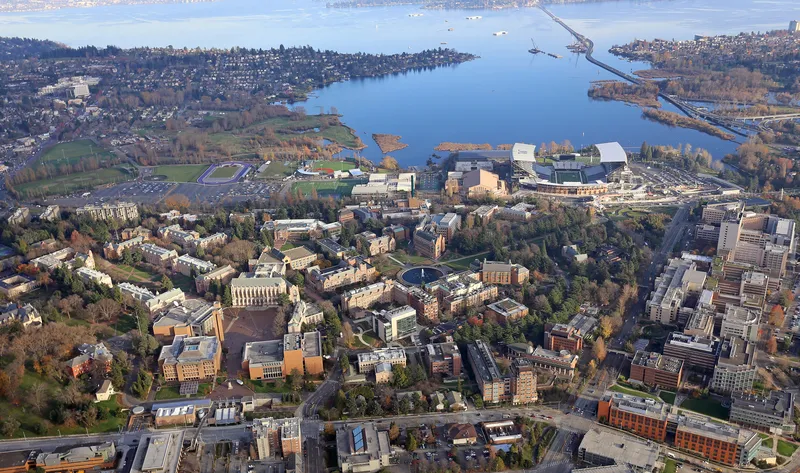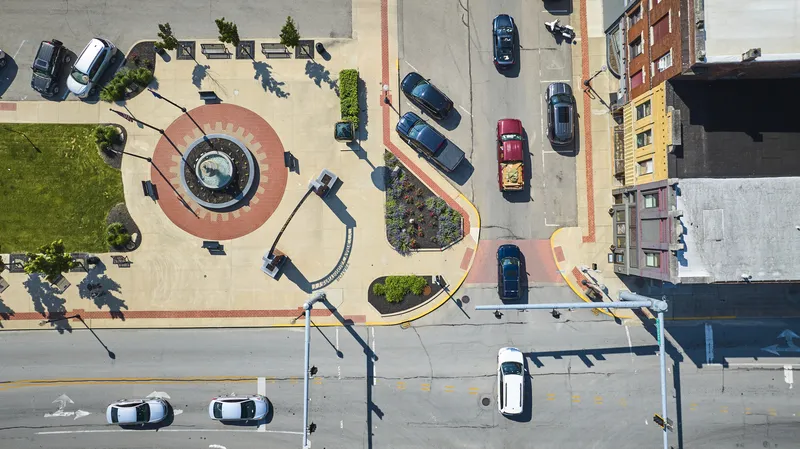
Trafficware, part of Cubic Transportation Systems, has included a live traffic information service in the latest version of its advanced transportation management platform.
ATMS 2.10 will feature TidalWave, which allows access to real-time data delivered from traffic infrastructure to any vehicle or device, as standard.
Powered by edge computing and machine learning, TidalWave sends live intersection data from infrastructure to vehicle, “which enables optimal vehicle routing using predicted intersection behaviour and traffic load”.
The manufacturer says this creates possibilities to build new applications that improve safety and reduce congestion - and since TidalWave uses a cloud service, it will not impact on a city’s infrastructure.
“We are constantly working to enhance our ATMS system with the latest connected vehicle technologies to ensure urban and rural traffic managers have the latest tools to improve traffic flow and safety,” said Joe Custer, general manager of Trafficware.
"We also realise not all agencies have unlimited resources, which is why we are thrilled to make TidalWave a standard feature of ATMS 2.10 so that all customers will have access to this advanced technology.”
The ATMS 2.10 upgrade also includes integration of the Gridsmart Smartmount bell camera to show a fisheye view, device information and camera status at intersections.
More reports and alarms have been added for pedestrian phase extension, to protect vulnerable road users.










